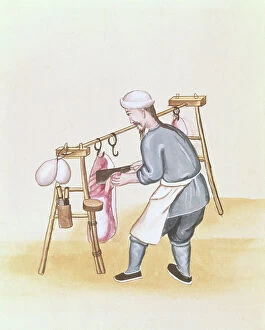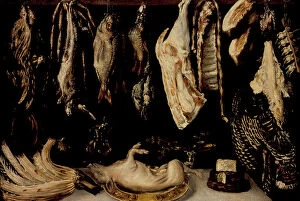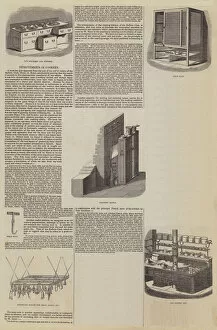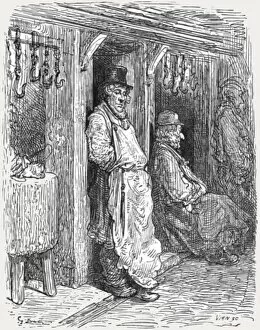Meat Hook Collection
From Gustave Doré's Parisian butchers of the 1800s to the modern meat factories of Rawmarsh, South Yorkshire, the evolution of butchery is a fascinating journey
All Professionally Made to Order for Quick Shipping
From Gustave Doré's Parisian butchers of the 1800s to the modern meat factories of Rawmarsh, South Yorkshire, the evolution of butchery is a fascinating journey. Improvements in cookery, as depicted in engravings, led to more efficient and hygienic methods. Color lithographs like Doré's "Jewish Butchers - Aldgate, 1872," brought the process into people's homes. By the 1900s, advancements in technology and refrigeration, as seen in the "Frozen Meat" image from 1923, revolutionized the industry. Michael Walters' depictions of Rawmarsh's butchery factories in the mid-1950s showcase the industrialization of meat production. Each era brought new innovations, from the disaster-prone "beaux disaster" of 1747 to the meticulous dressing and selling of meat. The hook, a constant in butchery, symbolizes the transformation of a traditional craft into a modern industry.










